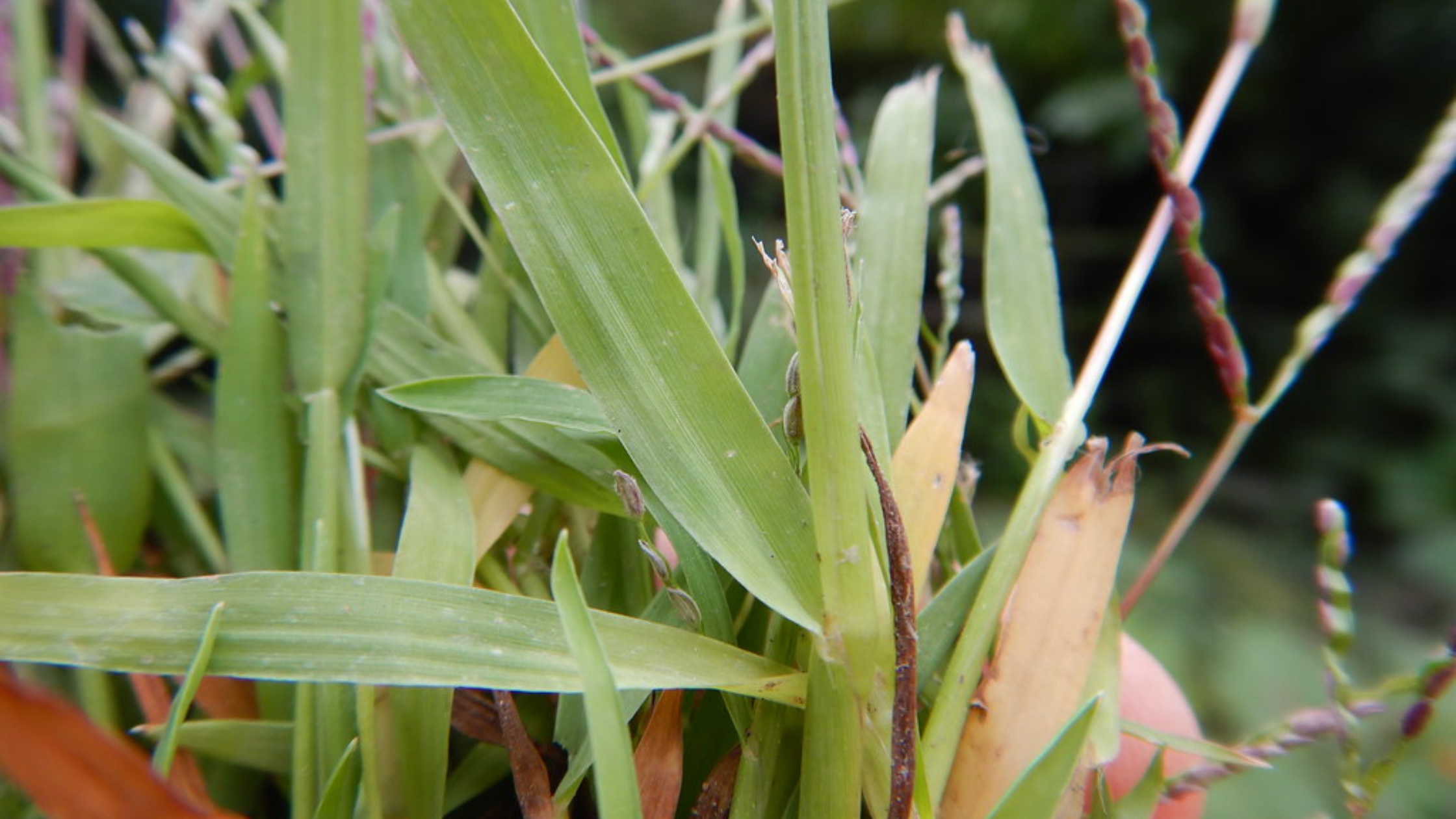Each spring, when days grow longer, and temperatures turn warmer, homeowners across New England rejoice at the receding snow and the prospect of enjoying their outdoor spaces to the fullest. For lawn lovers like us, our focus is on the work that needs to be done to set lawns up for a healthy and hardy growing season. One key consideration is early season defense against weeds, with crabgrass at the top of the list. There are a number of things that Mainely Grass can do on our customer’s behalf, but there are also a few simple things you can do to ensure a lush, weed-free lawn all season long.
Repairing Plow Damage
Crabgrass is an incredibly opportunistic weed which means bare or thin spots are the first places to expect to find crabgrass taking over. One commonplace to find bare areas are the edges of driveways, walkways, and sidewalks where the effects of salt and plow damage can kill off or tear up the lawn that was there. If left unaddressed, these spots are a haven for crabgrass, especially because heat transfer from hardscapes will warm the soil faster, creating an even better environment for crabgrass germination. To help defend against crabgrass, we recommend topdressing these spots with a few inches of new loam and seed. This will help re-establish desirable grass in these areas before the crabgrass has a chance to take over later in the summer.
Test Your Soil
Once any bare or thin areas of a lawn have been spot seeded in the spring, it is wise to consider how the lawn will respond to the nutrients Mainely Grass will be applying throughout the growing season. If you have not already done so, we recommend signing up for a comprehensive Soil Test. A soil test is the only way to know what is going on in your soil at a molecular level and helps ensure that the Lawn Care program you are paying for will work in the most efficient and effective manner possible. If the soil beneath your lawn is healthy, the grass will respond favorably, creating a lush and thick lawn, naturally resistant to weeds such as crabgrass. The importance of a soil test cannot be overstated!
Good Mowing and Watering Practices
Crabgrass is a summer annual weed that will emerge most prominently during July and August. This is the same time that New England’s cool-season grasses begin to struggle due to the rising daytime temperatures. However, it is possible to maintain health and vigor throughout the summer by practicing proper mowing and irrigation techniques.
We recommend mowing to 3-4 inches and never cutting off more than one-third of the grass blade at one time to reduce stress on the grass. As for watering, we recommend deep, infrequent waterings 1-3 times per week totaling at least 1” of water, from either rain or irrigation, per week. All lawns are different, so you should adjust your water total by 0.5” per week based on the grass’ response. Both of these practices will help keep your turf healthy and lush when the summer heat really sets in.
The best defense against weeds (and disease, insects, and drought for that matter) is a thick, healthy lawn. By following these tips, the partnership between Mainely Grass and you can create stunning results!
